Last night, Congressman Steve King (Republican, Iowa), apparently disgusted that someone would ask why there are so few non-whites in evidence at the GOP convention in Cleveland, posed a question that has been a favorite white supremacist attack line since white supremacists invented white supremacists:
“This whole ‘old white people’ business does get a little tired, Charlie. I’d ask you to go back through history and figure out where are these contributions that have been made by these other categories of people that you are talking about? Where did any other subgroup of people contribute more to civilization?”
Lies and ignorance about the past are not harmless: this week's headlines prove it. Long's faulty understanding of the past provides partial context for his racially-motivated killings of police officers. I would be surprised if King's evidence-free beliefs about the non-importance of nonwhite peoples to "civilization" have not manifest themselves somewhere in his legislative record.
It's not that archaeologists know everything about the past, it's that we have mechanisms for attempting to systematically weed out baloney. By virtue of using those mechanisms (aka "science"), we know more about the human past than we used to. It's our ethical responsibility to communicate to the public what we know and explain how we know it.
Our collective lack of engagement with baloney-based belief systems provides space for demonstrably wrong interpretations of the past to germinate and grow. And sometimes those beliefs mature into actions that we are all better off without.
Ignoring the presence of weeds does nothing to slow their growth.

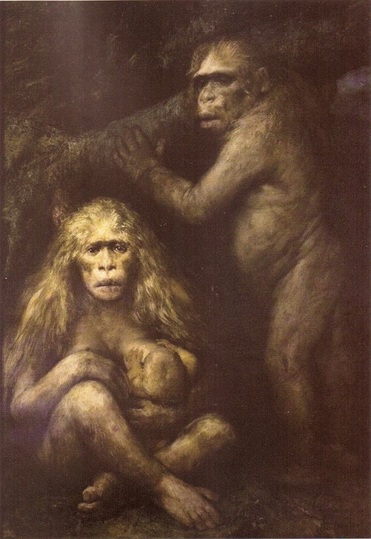
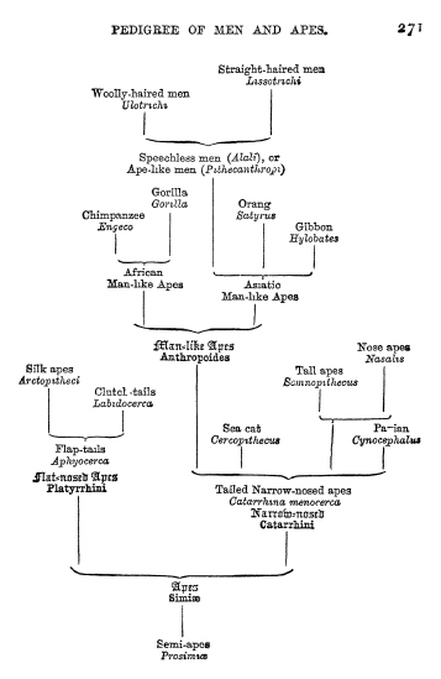
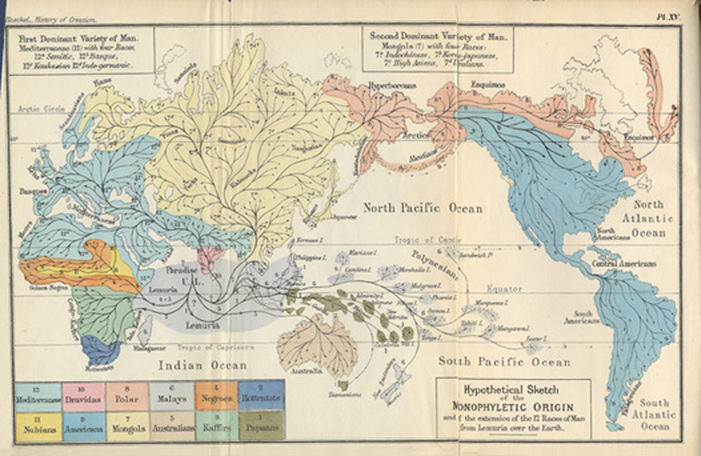
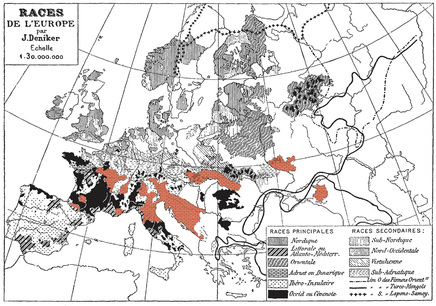
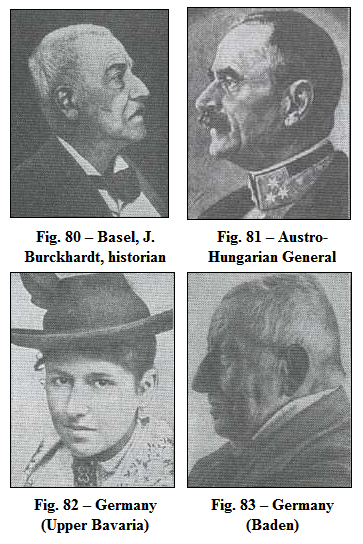


 RSS Feed
RSS Feed
